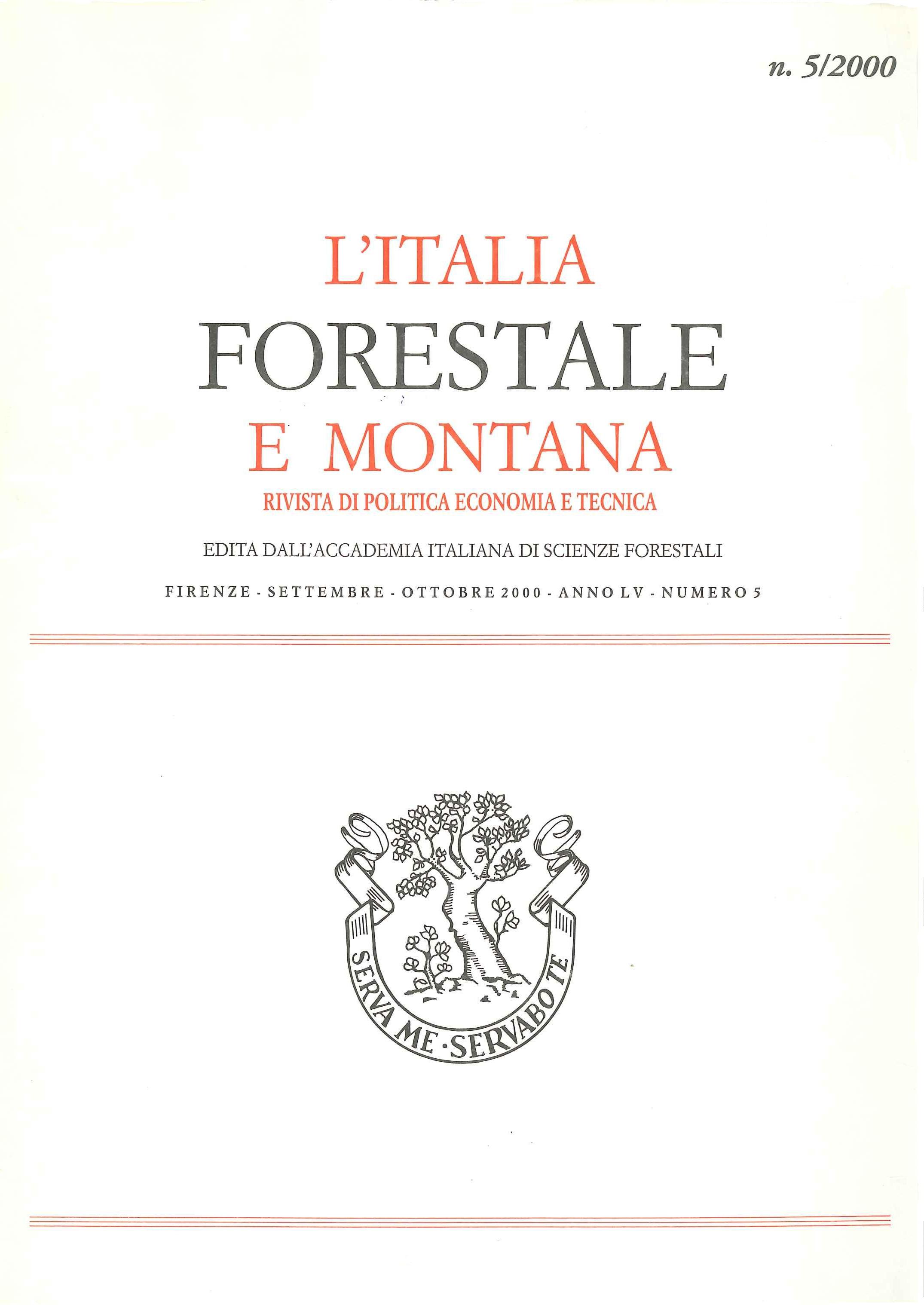Effects of different thinning regimes on stand stability and timber assortments in a Douglas-fir forest
Published 2013-06-17
Copyright (c) 2013 Italian Journal of Forest and Mountain Environments

This work is licensed under a Creative Commons Attribution-NonCommercial 4.0 International License.
Abstract
The effect of different thinning regimes (selective and geometric thinning) on the stability of trees and timber assortments has been studied in a 30-years old Douglas fir stand (Pseudotsuga menziesii Mirb. Franco) located on the coastal range in Calabria (Italy). Thinning has been carried out in 1986 and measurements have been done in 1997 in twelve experimental plots (4 controls, 4 selective thinning plots and 4 geometric thinning plots). A higher stand stability and a higher amount of saw log assortments have been found in plots subjected to selective thinning. Stand stability and saw log volume were intermediate in the geometric thinning regime.

